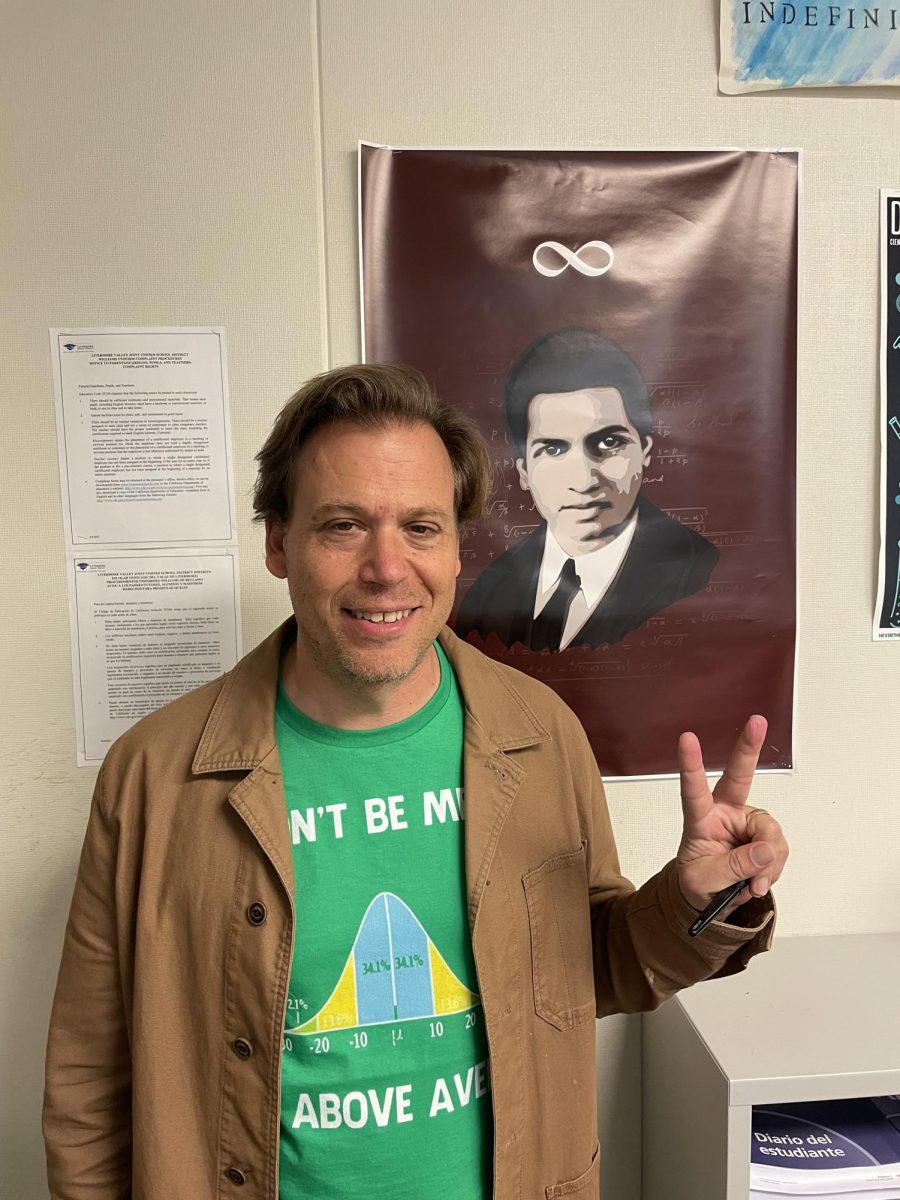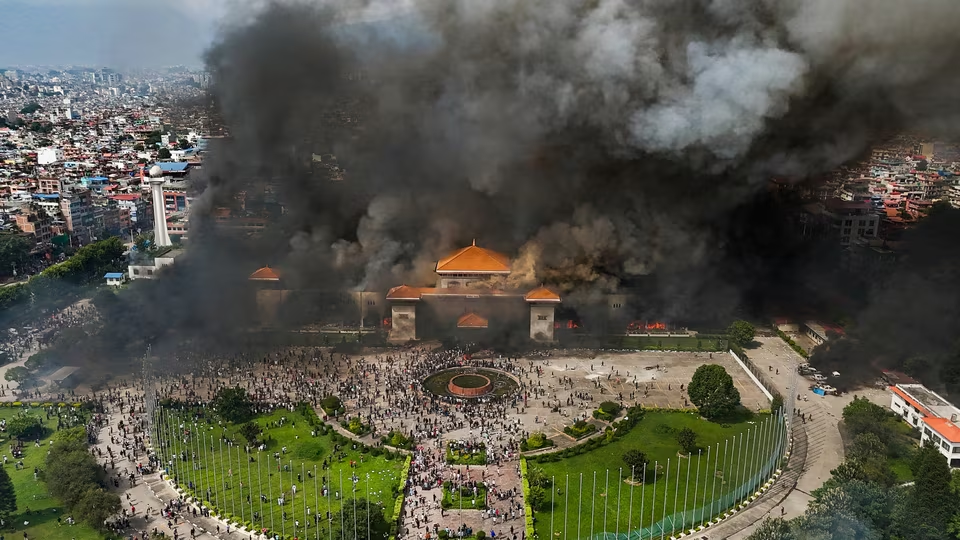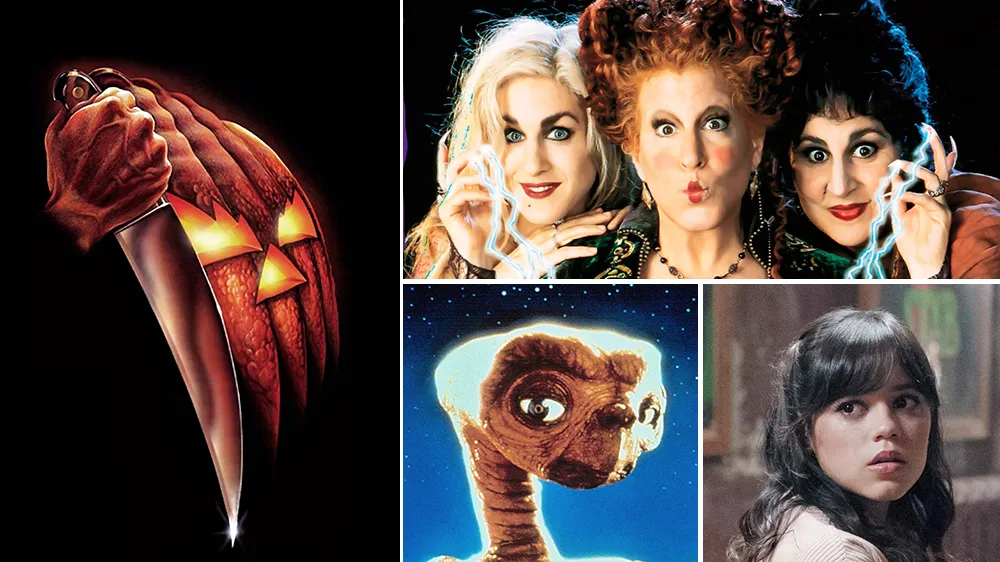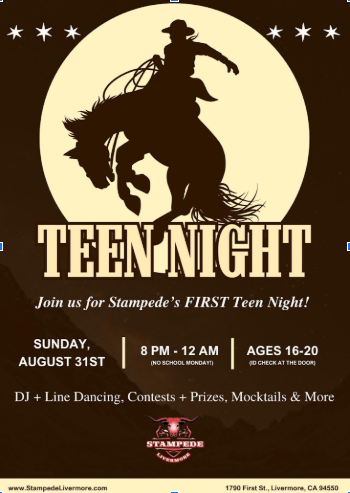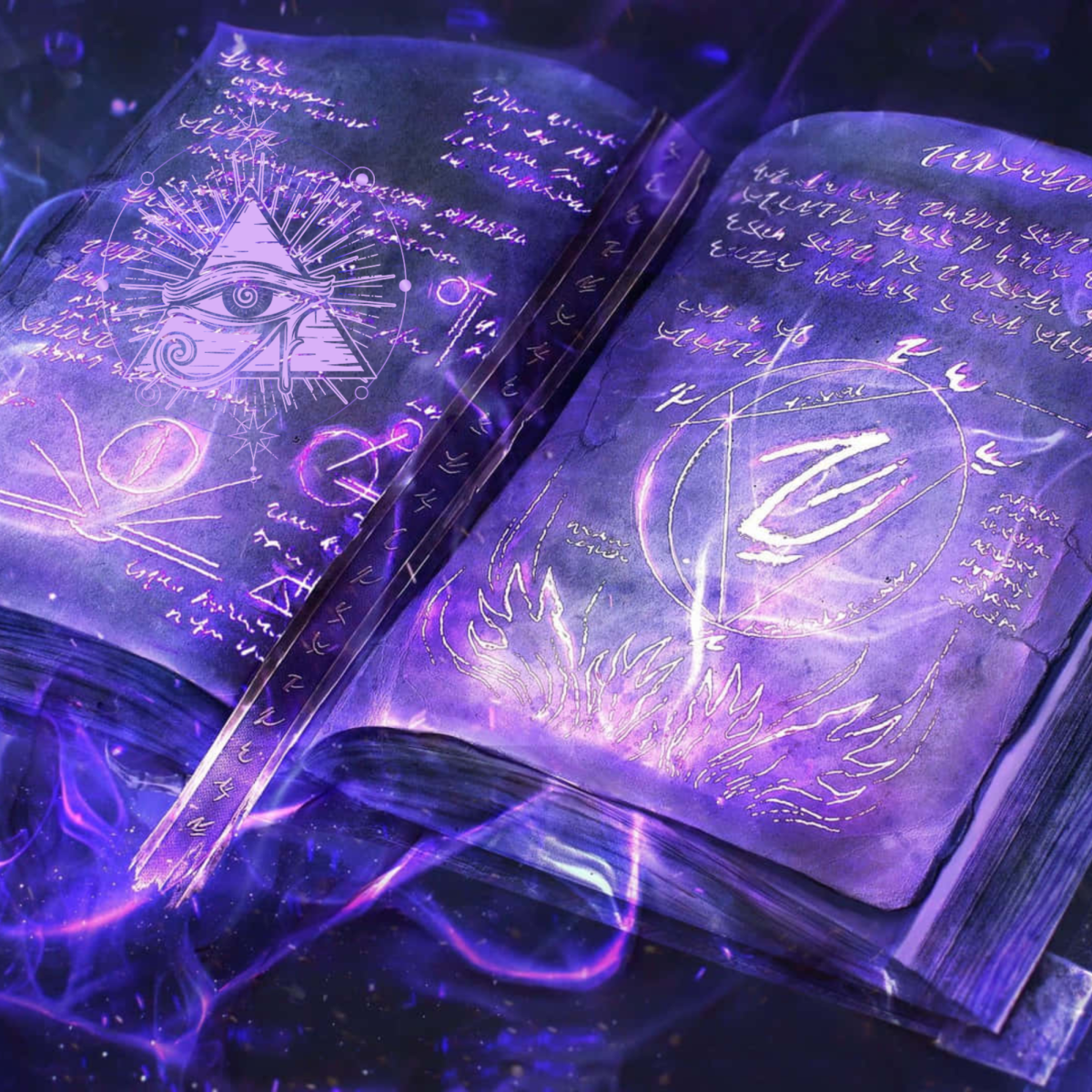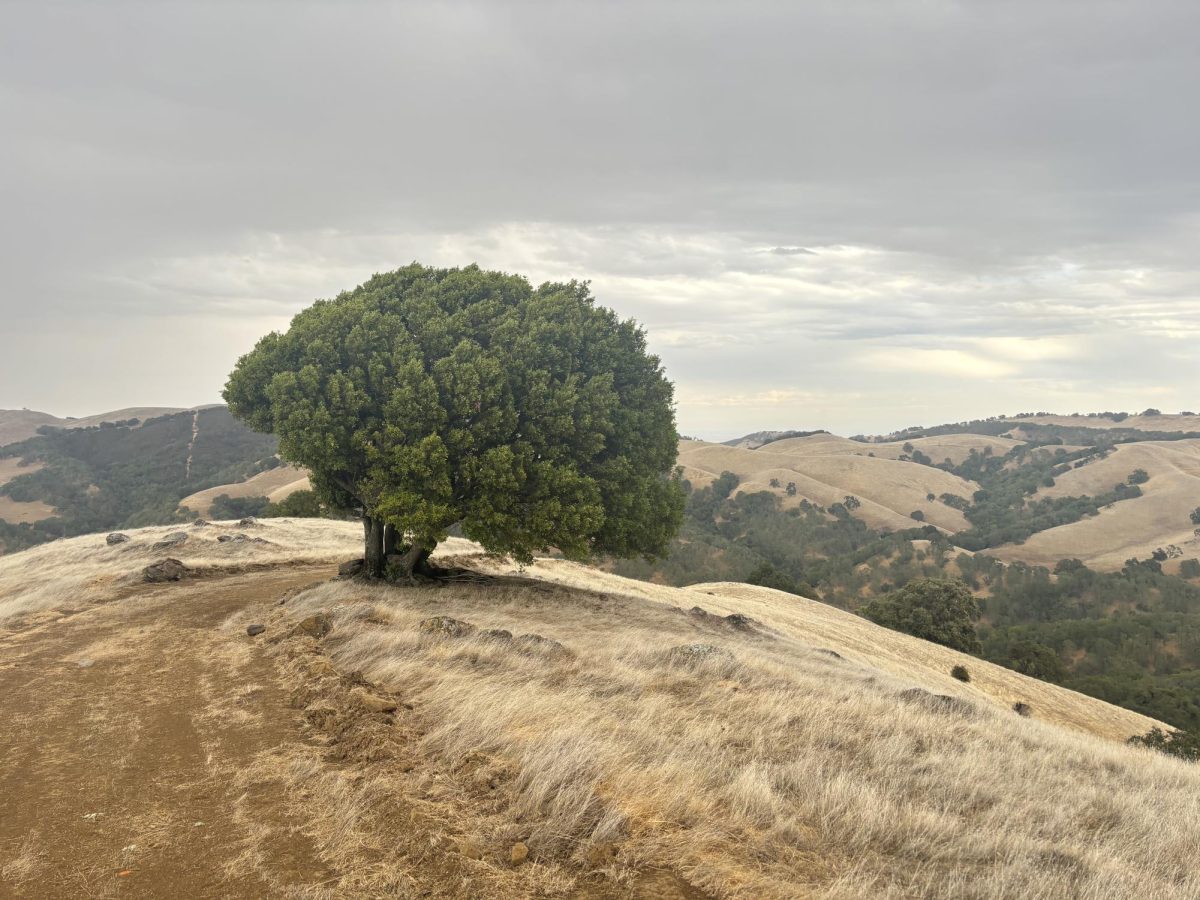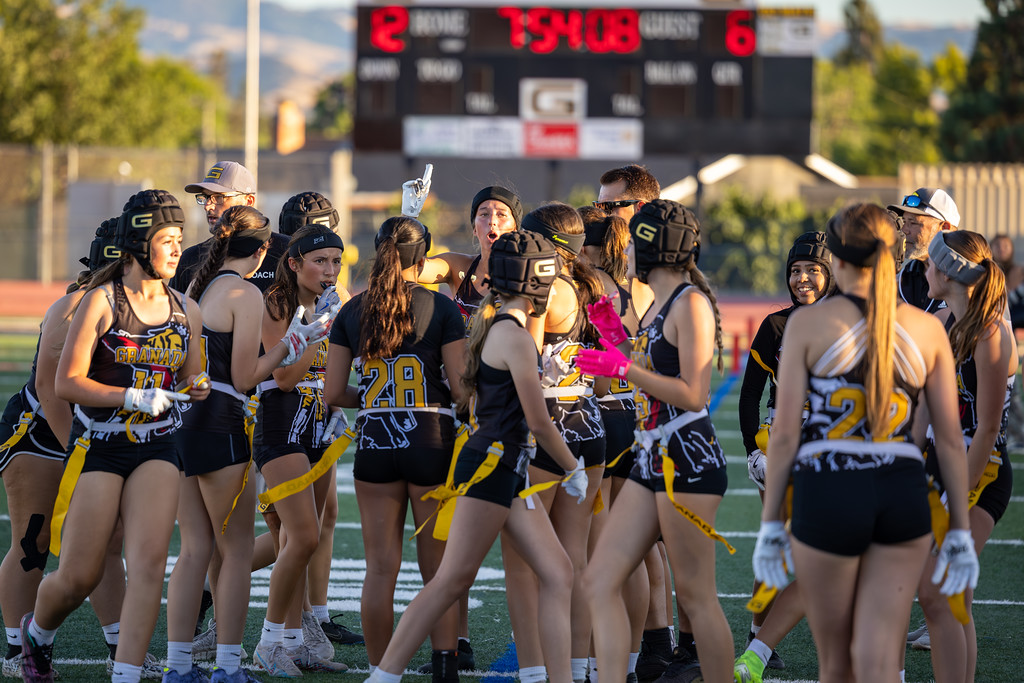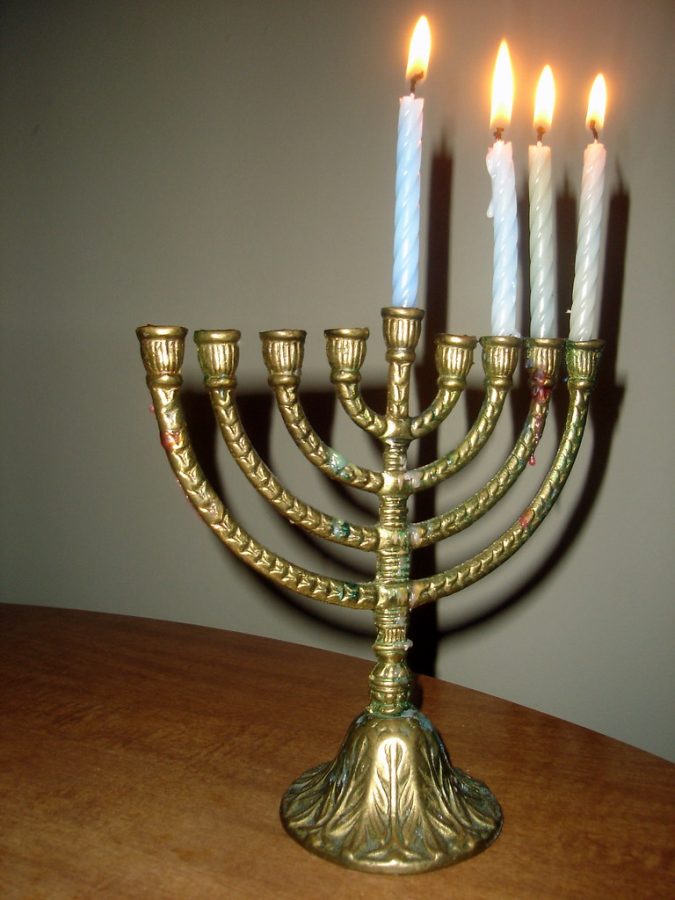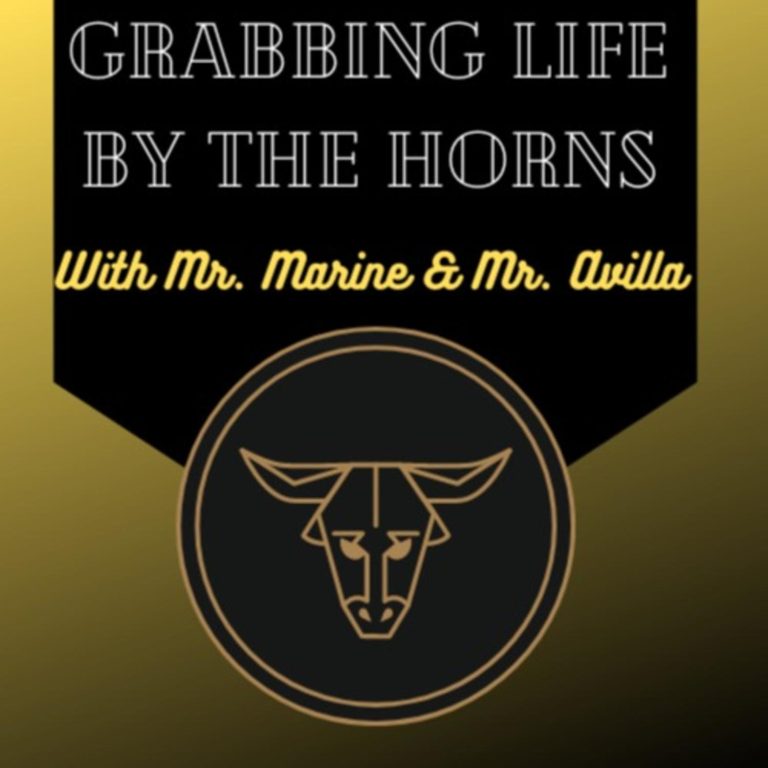The History of Hanukkah
December 22, 2022
While often overshadowed by the commercial phenomenon of Christmas, in recent years Hanukkah has been getting more attention. Though, it isn’t the massively important holiday that most non-jewish people think it is.
Hanukkah is referred to as the Festival of Lights, and celebrates the rededication of the temple. In 168 B.C.E, the Syrian king Antiochus sent his soldiers to Jerusalem to desecrate the Temple. The soldiers sacrificed pigs and set up statues of Greek gods in the temple, and on the 25th of the month of Kislev on the Hebrew calendar, they renamed the temple after Zeus.
This was completely disrespectful to the jewish people, so a resistance formed. Leading this resistance was the Maccabees. Though largely outnumbered, the maccabees secured a miraculous victory.
Where the most famous tradition comes from is when the maccabees came back to the temple to reclaim it, and only had enough oil to light for one night. However, another miracle occurred and it lasted for eight nights, which is why the festival lasts that long.
Also inspired by this event is the tradition of eating food fried in oil, like sufganiyot (which are jelly filled donuts) and latkes.
The rather modern custom of exchanging gifts, however, only came about in America. Starting in 1920, many Jewish Americans started adding gift giving in response to Christmas happening around the same time.
Despite Hanukkah actually being a small holiday compared to Rosh Hashanah and Yom Kippur, it became huge commercially, due to Jewish Americans adapting their traditions to their environment.

